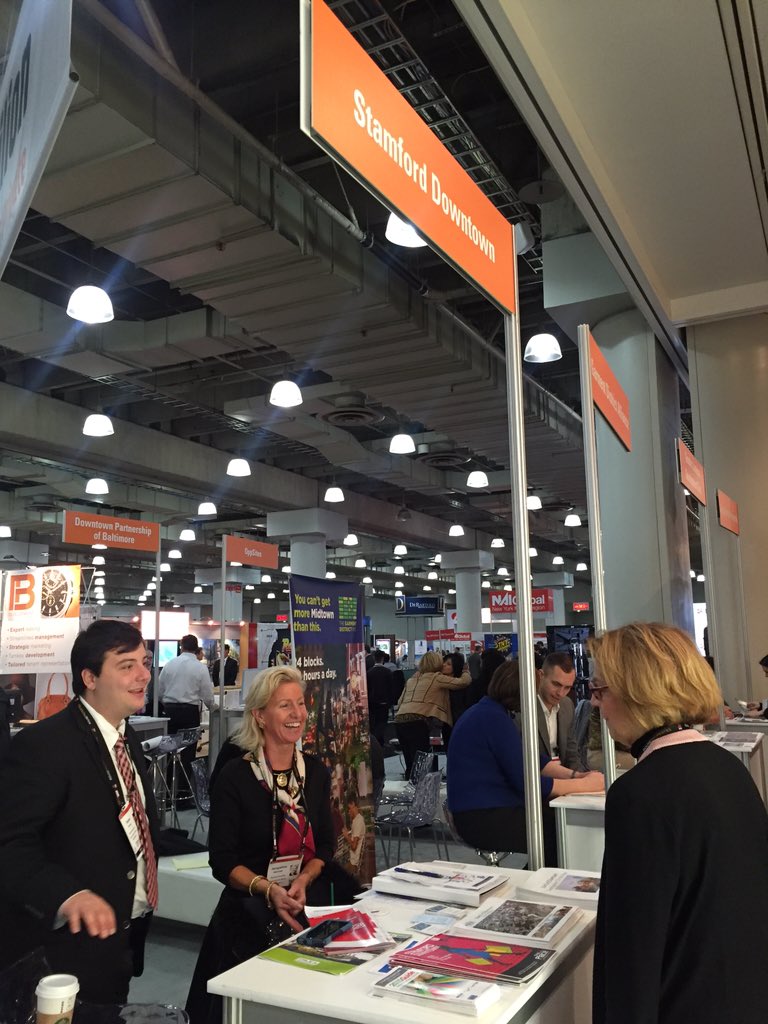Outlets, Fast-Casual, & Mixed-Use...Oh My
2016 should see continued growth in outlet centers, fast-casual dining, and mixed-use developments. Outlets centers will take a turn toward urban areas forgoing the traditional city outskirts. Fast-casual dining - Chipotle, Culvers, Panera Bread, Shake Shack etc - emerged as a blazing hot trend and will remain hot next year. Mixed-use developments are not anything new but they will continue on in 2016 with adjustment for small-scale retail.The 18-Hour City
The emergence of the 18-hour city will continue to grow and be preference of those seeking urban affordability. The 18-hour city is not a round the clock 24/7 city like New York or New Orleans but one that clocks out at night and is now a preferable live, work, play zone for millennials and others that are now desiring an urban life style.
Value Will Remain Center of Retail But Wellness Continues Growth
Traditional value shopping centers such as TJMaxx, Ross, Marshalls will continue to perform well but 2016 will see the gradual expansion of other players with off shoots of their brand name. For example, best known Nordstrom Rack will grow but new players like Saks Off 5th, Macy’s Backstage, and the recently announced Find @ Lord & Taylor will develop.Wellness will remain a focus to watch. Many gyms chains are expanding as well as fitness apparel stores but health food centric grocers - Whole Foods, Trader Joes, Sprouts Farmers Market - are going to continue to grow in response to customer demand.
The Brick and Mortar Plan
Online and mobile consumer shopping and spending continues to grow with no foreseeable end in sight, so in 2016, brick and mortar stores will need to continue to revamp their offerings to make the in-person experience better than the alternative. Retailers will need to engage shoppers with sensory experiences, hybrid services and lifestyle spaces designed to educate and inspire.
And in other news...
Ordering by Emojis
Aloft Hotel in downtown Manhattan started taking room service orders via Emojis. This emerging form of digital only communication might have a lot of nah-sayers but who wouldn't want a hangover cure just with the ease of sending three emojis — water, a pill and a banana? The "Hangover bundle" of Vitamin Water, Advil and bananas is delivered in minutes. Notoriety should be given to Domino's who pioneered this trend by allowing customers to order a pizza with a single emoticon. We'll see where this goes in 2016.Also, check out our older post regarding "...the Age of Nouveau Food Courts".























